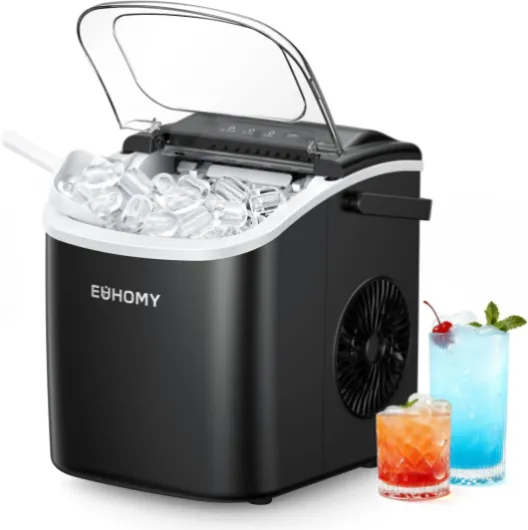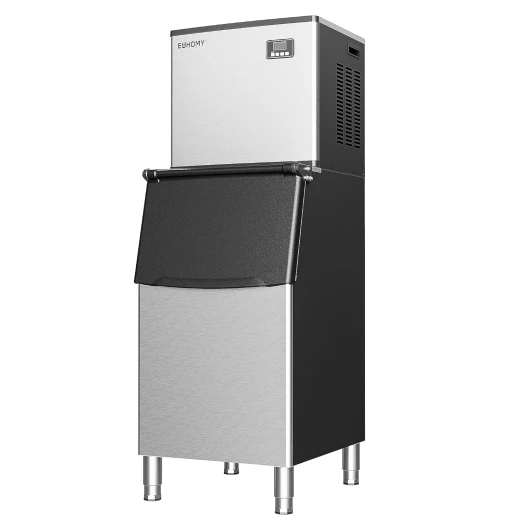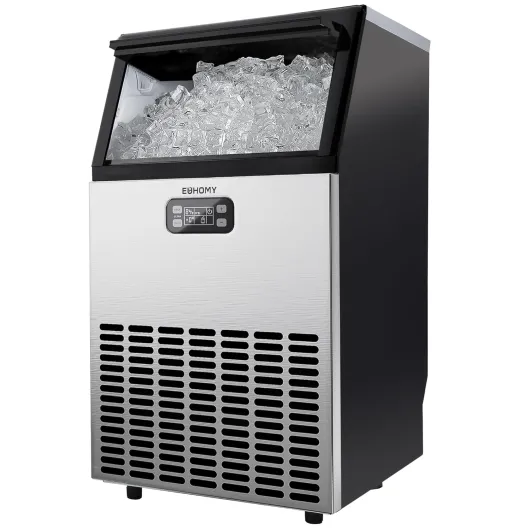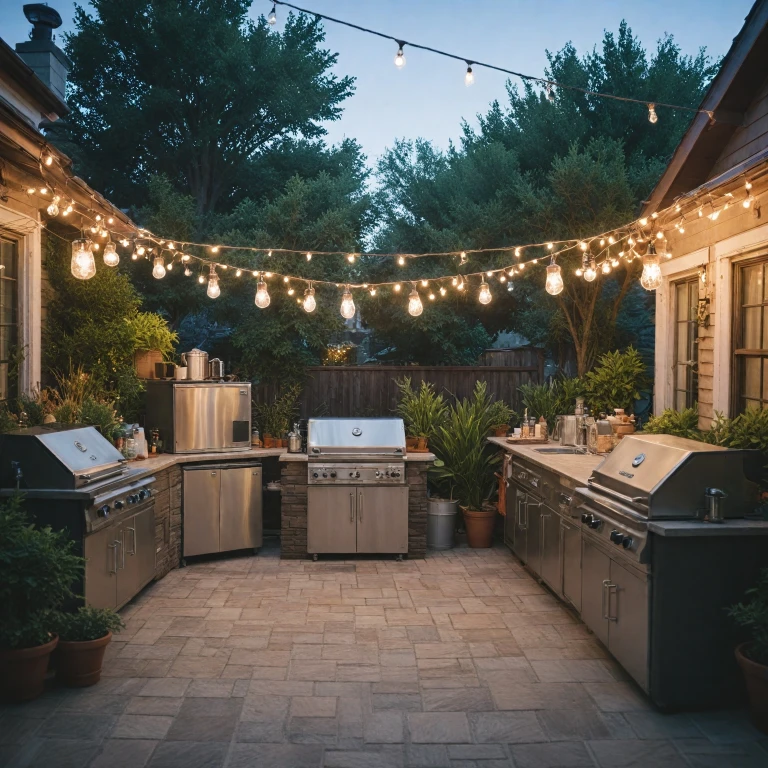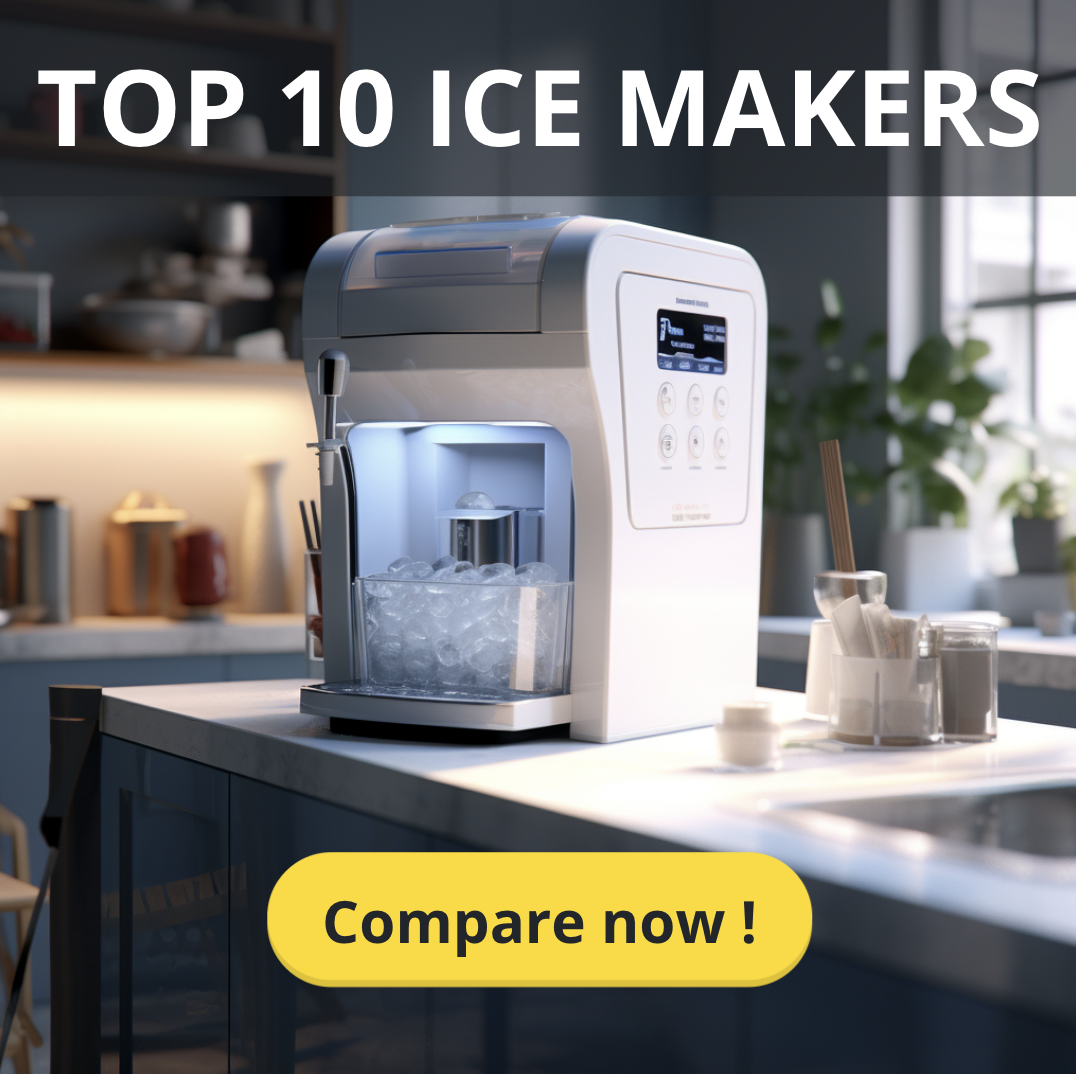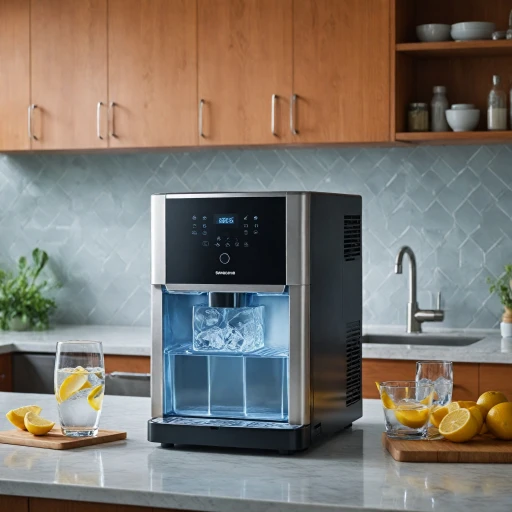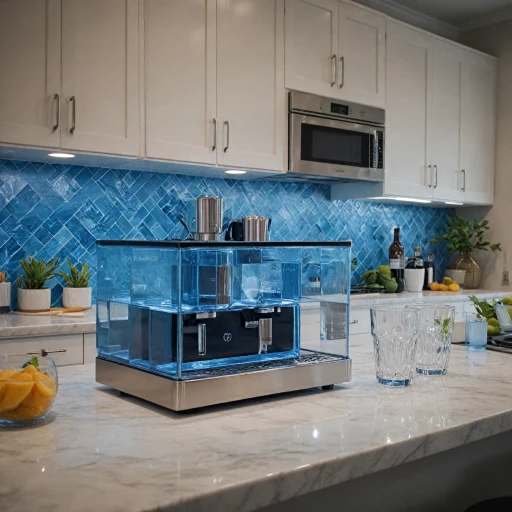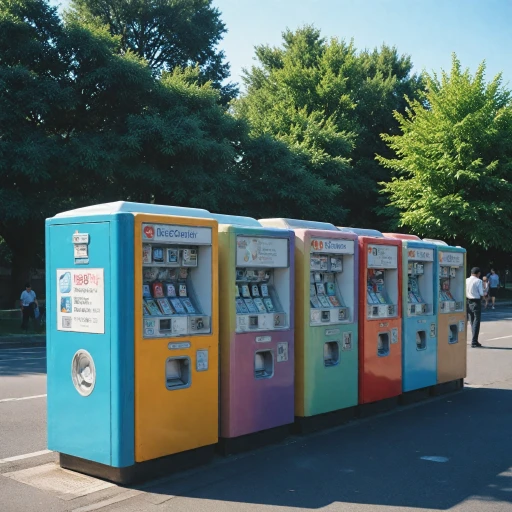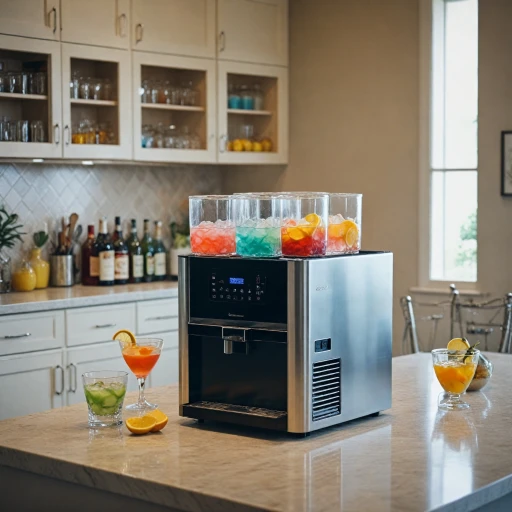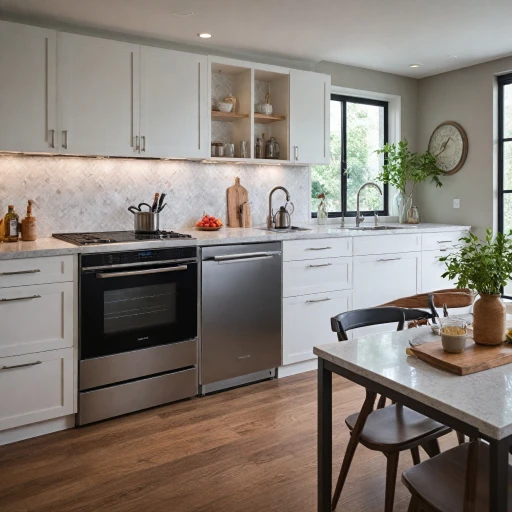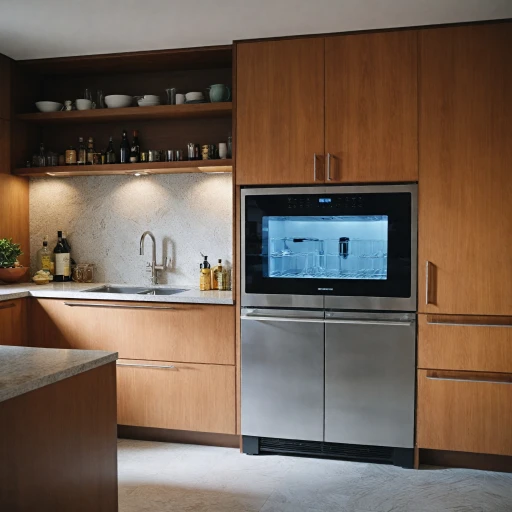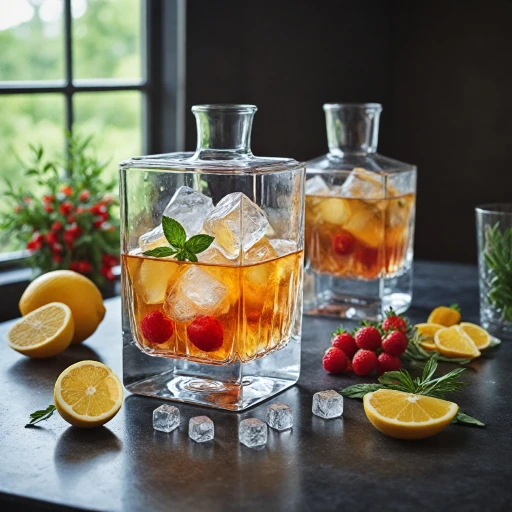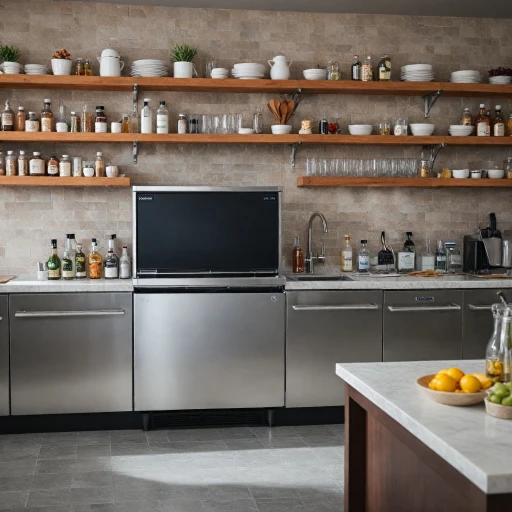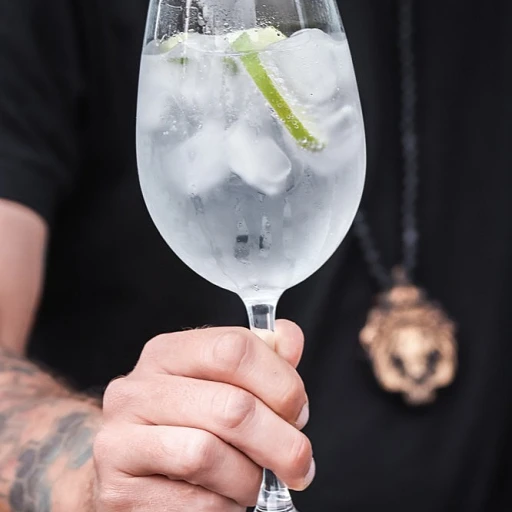
Understanding Your Ice Needs
Assessing Your Ice Production Requirements
Choosing the perfect ice maker for outdoor commercial use begins with accurately assessing your ice production requirements. This understanding serves as the foundation for selecting the right machine that will efficiently meet your needs and avoid unnecessary costs. Here are some key points to consider:- Type of Ice: Determine the type of ice your establishment requires, whether it's cube ice, half dice, or nugget ice. Each type serves different purposes, such as drinks, displays, or preservation.
- Volume of Ice Needed: Calculate the daily ice requirements for your business. This includes considering peak hours and seasons, impacting your decision on the maker's production capacity in lbs per day.
- Usage and Storage Needs: Identify the context in which the ice will be used. Will it be a part of a vending machine, an undercounter setup, or a standalone ice bin? Each setup has unique space considerations.
- Outdoor Conditions: Since the appliance will be located outdoors, contemplate weather conditions that might affect the ice machine's performance and longevity, paving the way for informed decisions regarding weather-resistant and stainless steel built units.
- Machine Versatility: Understand whether a commercial ice machine like Maxx ice models or specialized outdoor ice makers best align with your requirements.
Key Features to Look For
Critical Features for Optimal Performance
When selecting a commercial ice maker for outdoor use, it’s essential to identify features that maximize performance while considering unique operational needs. Prioritize components that will endure rigorous use, produce various types of ice, and fit seamlessly into your designated space.
- Ice Production Rate: Depending on the volume you anticipate needing, choose a model that can deliver a suitable output. Some commercial machines offer wide production capabilities, with outputs ranging from 50 lbs to several hundred pounds of ice per day, like many in the compact ice maker category.
- Ice Cube Variety: Different businesses may require specific ice forms, such as half dice, full dice, cube ice, or nugget ice. Consider what suits your clients and applications best when choosing among brands like Maxx Ice and Scotsman.
- Storage Bin Capacity: The machine bin capacity is crucial to prevent shortages during peak hours. A full storage bin ensures efficiency, reducing the frequency of refilling, which is especially beneficial for busy settings.
- Construction and Material: Opt for machines crafted from durable materials such as stainless steel. These are not only robust against adverse weather conditions but also contribute to a sleek, professional look in any setting, reducing the likelihood of rust and wear.
- Energy and Water Efficiency: Efficient use of resources means cost savings in the long run. Machines that boast energy-saving features and optimal water usage are advantageous for environmental sustainability and reducing operational expenses.
While these features are key, ensure compatibility with the other aspects of your setting's operations, such as the required space for installation and your budgetary constraints. A comprehensive understanding leads to a well-informed decision, enhancing your business's performance and customer satisfaction.
Weather Resistance and Durability
Resilience Against the Elements
When selecting an outdoor ice maker for commercial use, ensuring the machine can withstand various weather conditions is crucial. Outdoor environments can be harsh, and your ice machine needs to be built to last. Opt for models made with stainless steel exteriors, as they offer superior resistance to rust and corrosion, which are common issues in outdoor settings.
Robust Construction
Look for ice machines that boast a solid construction. Models like the Maxx Ice and Scotsman are known for their durability in commercial settings. These machines often feature reinforced cabinets and sturdy components that can handle the rigors of constant use and varying temperatures. Investing in a robust machine ensures long-term reliability and reduces the need for frequent repairs.
Temperature Tolerance
Outdoor ice machines should be able to operate efficiently in both hot and cold climates. Check the manufacturer's specifications for the temperature range the machine can handle. Some models are designed to work efficiently in temperatures as high as 100°F, ensuring consistent ice production regardless of the weather.
Protective Features
Consider machines that come with protective features such as UV-resistant coatings and weatherproof covers. These additions can significantly extend the lifespan of your ice maker by shielding it from sun damage and moisture. Additionally, ensure the machine has adequate ventilation to prevent overheating, which can be a concern in enclosed outdoor spaces.
Installation and Space Considerations
Installation and Spatial Requirements
When selecting an ice machine for outdoor commercial use, considering installation and space is crucial. Choosing the right model can significantly impact your business’s operation efficiency and customer satisfaction. Firstly, assess the available space where the ice maker will be located. Whether you're opting for a large commercial ice machine or a compact undercounter model, it's essential to measure the dimensions meticulously. This initial assessment will help prevent space-related issues post-purchase. For example, commercial ice machines, such as Maxx ice models, are often wide and can occupy significant space. Space Considerations:- Outdoor ice makers, especially stainless steel variants, often require a specific footprint. Factor in space for ventilation and maintenance access.
- Undercounter ice makers are popular choices for limited space but be aware of any height restrictions that may affect installation.
- Confirm that your chosen location can support the weight and size of the ice machine and its full dice or cube ice bins when filled to capacity.
- Plan for a professional installation to ensure all components, such as water lines and electrical connections, are correctly set up, minimizing the risk of operational issues.
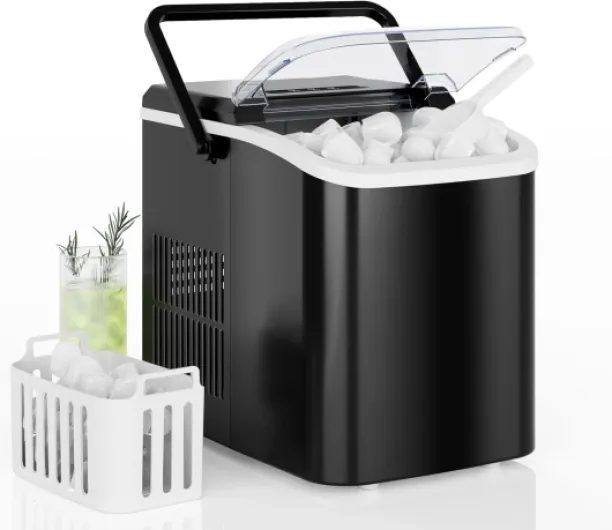
- + Fast Ice Production: 9 bullet ice cubes in just 6 minutes
- + Self-Cleaning Function: Easy maintenance
- + Portable: Ideal for home, kitchen, RV, and camping
- + Compact Design: Saves space on countertop
- + Quiet Operation: Doesn't disturb your environment
Maintenance and Troubleshooting Tips
Regular Maintenance to Ensure Longevity
Proper upkeep of your commercial ice maker is crucial for maintaining its efficiency, particularly for outdoor use. By establishing a consistent maintenance routine, you can prevent frequent breakdowns and extend the life of your equipment.- Cleaning: Regularly clean the stainless steel surfaces to prevent corrosion and bacteria buildup. This is especially vital in outdoor environments where the machines are exposed to elements.
- Water Filters: Frequently check and replace water filters to ensure clean ice production. Hard water can lead to mineral accumulation, affecting the quality of ice and overall operation.
- Inspecting Components: Periodically inspect the internal components, such as the condenser coils and machine bin, to ensure everything is functioning correctly. Dust and debris can clog these parts, reducing efficiency.
Troubleshooting Common Issues
Understanding and addressing common issues can save you from unplanned expenses and downtime.- Ice Production Issues: If your maker isn’t producing ice at the expected lbs rate, check for water line blockages or inadequate temperature settings within the machine.
- Ice Quality Concerns: Should you notice the presence of half dice or full dice pieces not forming properly, assess the water quality and ensure the maker’s mold is clean.
- Noise and Vibrations: Excessive noise can signal an issue within the ice vending machine's motors or other moving parts. Tighten any loose components to resolve the issue.
Cost and Budget Planning
Budget Considerations and Cost Breakdown
When preparing to invest in an ice maker for outdoor commercial use, a thorough cost analysis is essential to ensure you get the best value for your money. Commercial ice machines, whether they produce cube ice, half dice, or nugget ice, can vary significantly in price, influenced by features, production capacity, and build quality.- Initial Costs: The first cost you'll encounter is the base price of the machine itself. Generally, larger machines with higher ice production capacities, such as those producing over 500 lbs of ice daily, will be more expensive. Brands like Maxx Ice and Scotsman are known for their high-quality stainless steel units, which often fetch a higher price due to their durability and performance.
- Additional Expenses: Factor in shipping costs, particularly for heavy machines, which might require specialized freight handling. Also, consider the price of an undercounter installation or any necessary customizations to fit the machine into your designated space.
- Operating Costs: Once installed, your ice maker will require water and electricity to function. Energy-efficient models may have a higher upfront cost but can lead to savings over time. Regular maintenance, including cleaning and any necessary repairs, should be budgeted as well.
- Maintenance Budgeting: Consistent maintenance is essential to prevent unexpected breakdowns. Costs here will include descaling, checking the ice machine bin, and replacing any worn parts. Opting for a model from reputable manufacturers such as Maxx Ice ensures easier access to parts and service.
- Consider Warranty and Support: Investing in a model with a comprehensive warranty can alleviate potential repair expenditures down the line.
-logo-retina.jpg)
